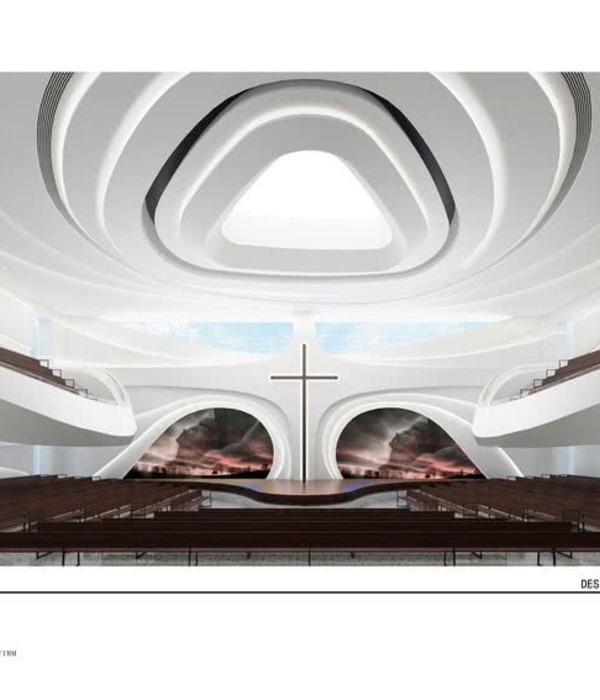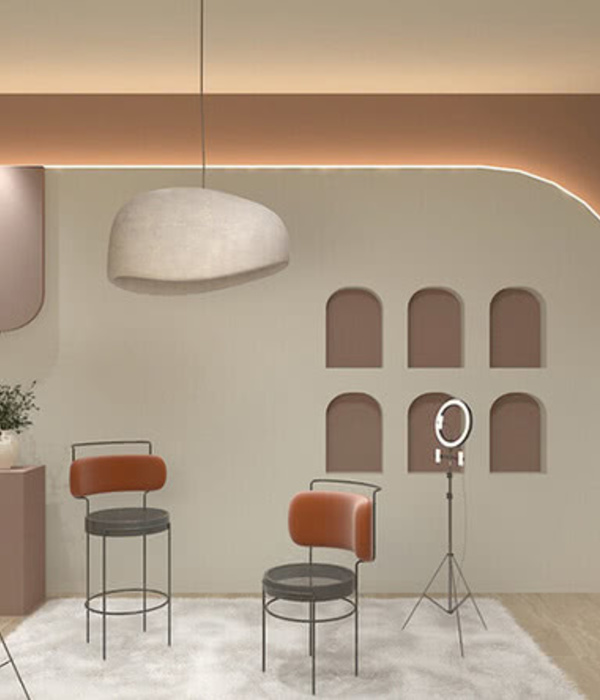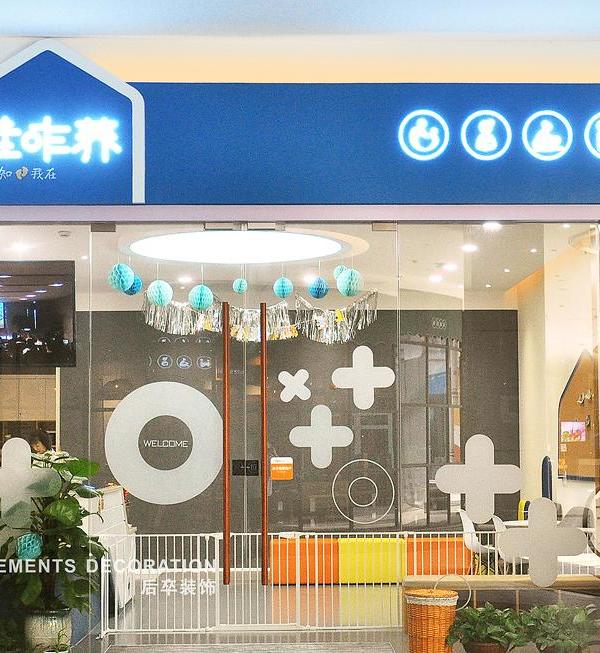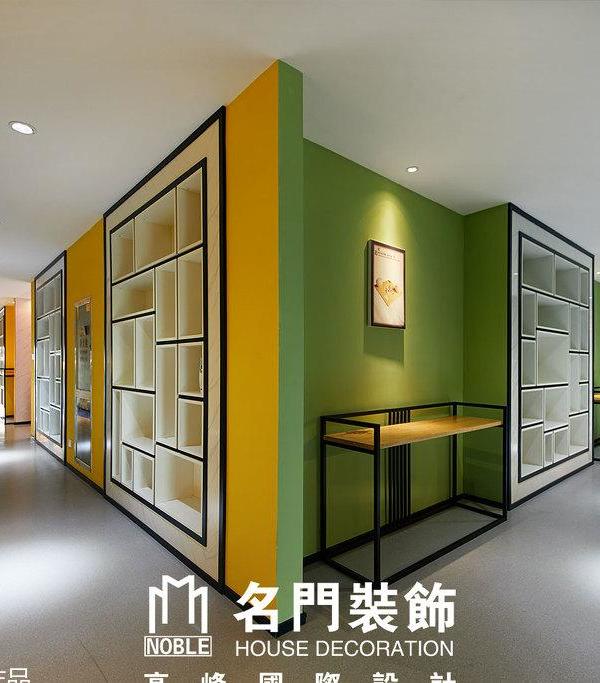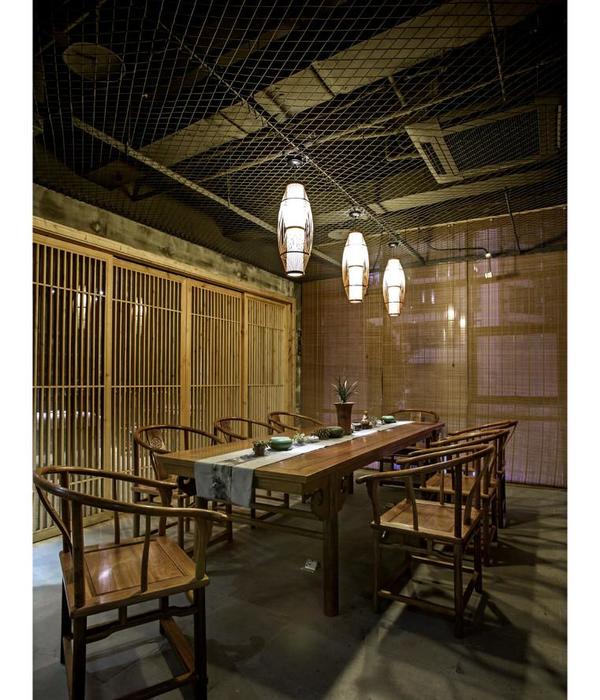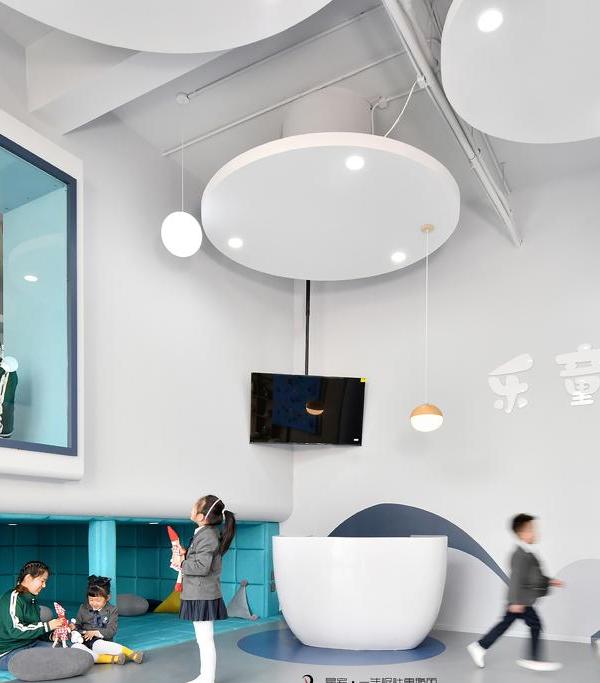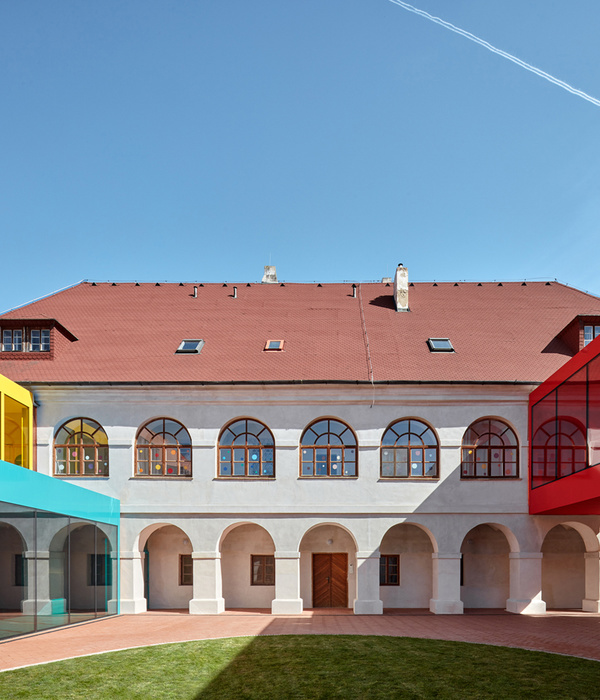Qinghai Yushu administrative center
设计方:清华大学建筑设计研究院
位置:青海
分类:办公建筑
内容:实景照片
设计团队:ZHUANG Weimin, ZHANG Wei, JIANG Kuiyuan, TANG Han, ZHANG Tao, LIU Yichuan, XU Hua, ZHANG Jinghua
图片:16张
摄影师:YAO Li
这是由清华大学建筑设计研究院设计的玉树州行政中心。青海玉树位于青藏高原腹地,玉树地震灾后重建活动是迄今人类在高海拔的生命禁区开展的最大规模灾后重建,该项目是玉树地震灾后重建的十大重点项目之一。在前期对藏区院子的调研中,建筑师发现藏式建筑院落空间组合多样、变化无穷,往往有较为明显的高差变化,追求纵向延伸、依托于整体山势益显气势磅礴,形成院中有院、步行景异、高低变幻、错落有致的空间序列。在藏式建筑内部,廊院依次递接、疏密有致,尺度宜人,个体和环境形成一种默契的对话,巧妙地与自然景观相融合。藏民在这样的院子中一边唱着歌一边干着活,建筑是在这种情绪中营建出来的,这些正是建筑师所追求的感人场所。玉树州行政中心有两个特质:一是藏文化中的宗山意象,要有一种权力的象征;二是通过藏式院落表达的当代行政建筑需在内涵上亲民。这两者是有矛盾的,如何解决就是我们设计的要点。建筑整体的调子淡雅质朴,不凸显宗教色彩,通过整体造型和空间院落表达上述两方面特质。设计的特点是含蓄中显力度,亲切又不失威严。
译者:筑龙网艾比
From the architect. Yushu in Qinghai is situated in the hinterland of Qinghai-Tibet Plateau, withthe average elevation of over 4,200 meters. Ga Duo Jue Wu, the famous holymountain there, is reputed as the Dzong (fortress) among four well-known mountains in the Tibetan-inhabited Area. Yushu, which has been long known as the "Source of Three Rivers", is the birthplace of the Yangtze River, the Yellow River and the Lancang River. In Yushu, 97% of population is Tibetan, with rich ethnical features.
Yushu Tibetan Autonomous Prefecture Administrative Center, located in QinghaiProvince of China, is one of the key reconstruction projects after Yushu earthquake on April 14th, 2010. The total construction area is 72,000 m2. The main building of the project is the largest and highest individual building in Yushu. Yushu Earthquake was measured at 7.1 magnitude, and the focal depth was about 14km. The design conditions were complicated. Due to the extreme cold-weather conditions and high altitude, the delivery of building materials and the construction work were difficult. The project team coped with these challenges through using relative common techniques and materials which met the local situation. The new construction was accomplished in high quality and explored solutions on a number of technical problems involving high-rise, long-span building requirement, and complicated topographic condition. The process of design and construction devoted to both aesthetics and techniques as follows.
The design of Yushu Prefecture Administrative Center boasts two traits. The one is the Dzong of the Tibetan cultural traditions, standing as a demonstration of power. The other one is to express the connotation of a civilian-oriented contemporary administrative building via Tibetan-style courtyard. The two themes, "Symbol of Power" and "Connotation-based Civilizations", are contradictory in the expression of form. Hence, our design emphasis is to solve this contradiction, which is also the starting point of our architectural concept.
The schematic design was inspired by the Tibetan architectural features “Dzong”. The project team searched for the prototype from local circumstance and traditional customs. Dzong was built at the top of mountains. It was surrounded by a host of auxiliary buildings, which was named “Snow”. These buildings formed rich urban texture in horizontal. In our project, the main building was located in the middle, just like the imagination of Dzong. The courtyards were interwoven in an appropriate scale. Dzong and Snow complemented each other and added radiance to the architectural complex.
In terms of natural environment, the project team arranged several water courtyards around the buildings. Surrounding environment and local Tibetan buildings were reflected in the water. Due to the cold and dry weather, trees in Yushu grew quite slowly. There were a few tall and big arbors on the site, including 141 poplars, 45 pines and 33 willows. The project team cherish each of trees, verified the position and crown diameter of them, and preserved them carefully in the design. All the constructions keep away from these trees to respect the natural environment.
The materials of the exterior wall are 300mm split-face concrete decorative blocks,which are environment-friendly blocks made of industrial solid residues. The combination of the blocks created unusual concave-convex effect and gave expression to traditional figures. It was the first time that split-face concrete decorative blocks were applied in Tibetan Regions. With the help of China Construction Units Association,architects, technicians, and construction teams explored on the construction techniques in different situations, like earthquake resistance system, drainage system and sloping walls. The sample wall was built on site and tested before the construction work to guarantee the safety and quality of final projects.
青海玉树州行政中心外部实景图
青海玉树州行政中心外部夜景实景图
青海玉树州行政中心之局部实景图
青海玉树州行政中心内部实景图
青海玉树州行政中心模型图
青海玉树州行政中心手绘图
青海玉树州行政中心平面图
青海玉树州行政中心剖面图
青海玉树州行政中心立面图
{{item.text_origin}}

